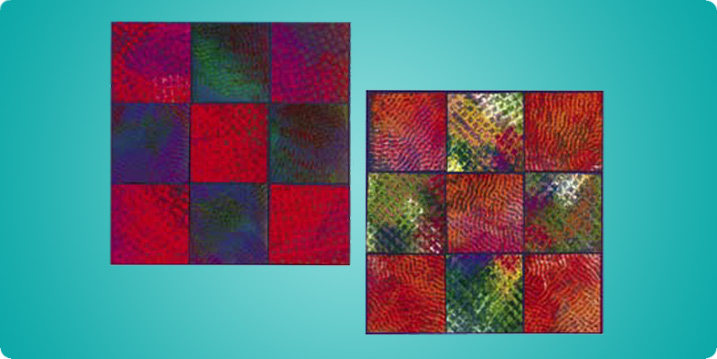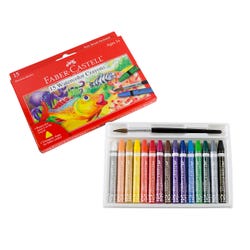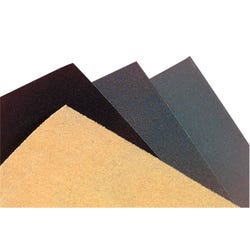Caran d'Ache Quilts

Description
Explore how a functional item of the home has turned into a coveted art form. Quilts share their history with us. Students can explore various cultures through fabric design and patterns of histroic quilts. The geometrical complexities of quilting can also be explored. This project starts with creating fabric swatches using Caran d'Ache® Neocolor® 1 Artist's Crayons, emery paper and rubbing plates. Fabric swatches rich in color, pattern and texture can be created. Students can create all their own fabric or share with others to create exciting 21st century quilts.
Objectives
- Students review the elements and principles of design as they apply to this project.
- Students review the mathematical complexities of art.
- Students learn how culture and society influence art.
Supplies Needed
Caran d'Ache® Neocolor® 1 Artist's Crayons, 10-Color Set
Emery Paper, Super Fine Grit 400, 9" x 11" sheet
Fiskars® Texture Plate Assortment #2 - Illusion Set, Set of 6
Krylon® Workable Fixative, 11 oz.
Scissors
Glue
Construction Paper
Standards
Standard #1: Understanding and applying media, techniques and processes
Standard #4: Understanding the visual arts in reltiaon to history and cutlutre
Standard #6: Make connection between visual arts and other discipines.
Instructions
1
Select rubbing plate. Place emery paper over rubbing plate and begin to apply Caran d'Ache® Neocolor® 1 Crayons. Start with one or two base colors. Add addtional layers of color while rotating the rubbing plates to create pattern movement. Layers of colors create depth. The use of one or more rubbing plates will create rich patterns.
2
Spray with Krylon® Fixative. Allow to dry.
3
Cut a base piece from Crescent Mat Board.
4
Cut emery paper fabric swatches into squares of quilt patterns studied in class. Students may use their own fabric swatches or swap with other students to create unique quilts.
5
Adhere quilt pieces to construction paper or mat board. Two-dimensional quilts can be created at this time by mounting individual quilt squares to small pieces of mat board. These individual squares can then be mounted to the base piece.





